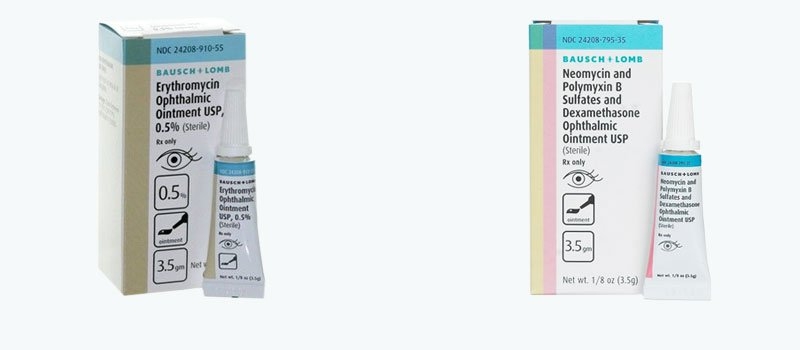Blepharitis Information
What is blepharitis?
Blepharitis (pronounced blef-a-rye-tis) is an inflammation of the eyelids. It often affects the tear glands along the eyelid margins and the base of the eyelashes. Inside the eyelids are many tiny meibomian glands that normally produce an oily layer of tears. In blepharitis, these glands become inflamed and release a thicker, cream-colored, waxy oil.
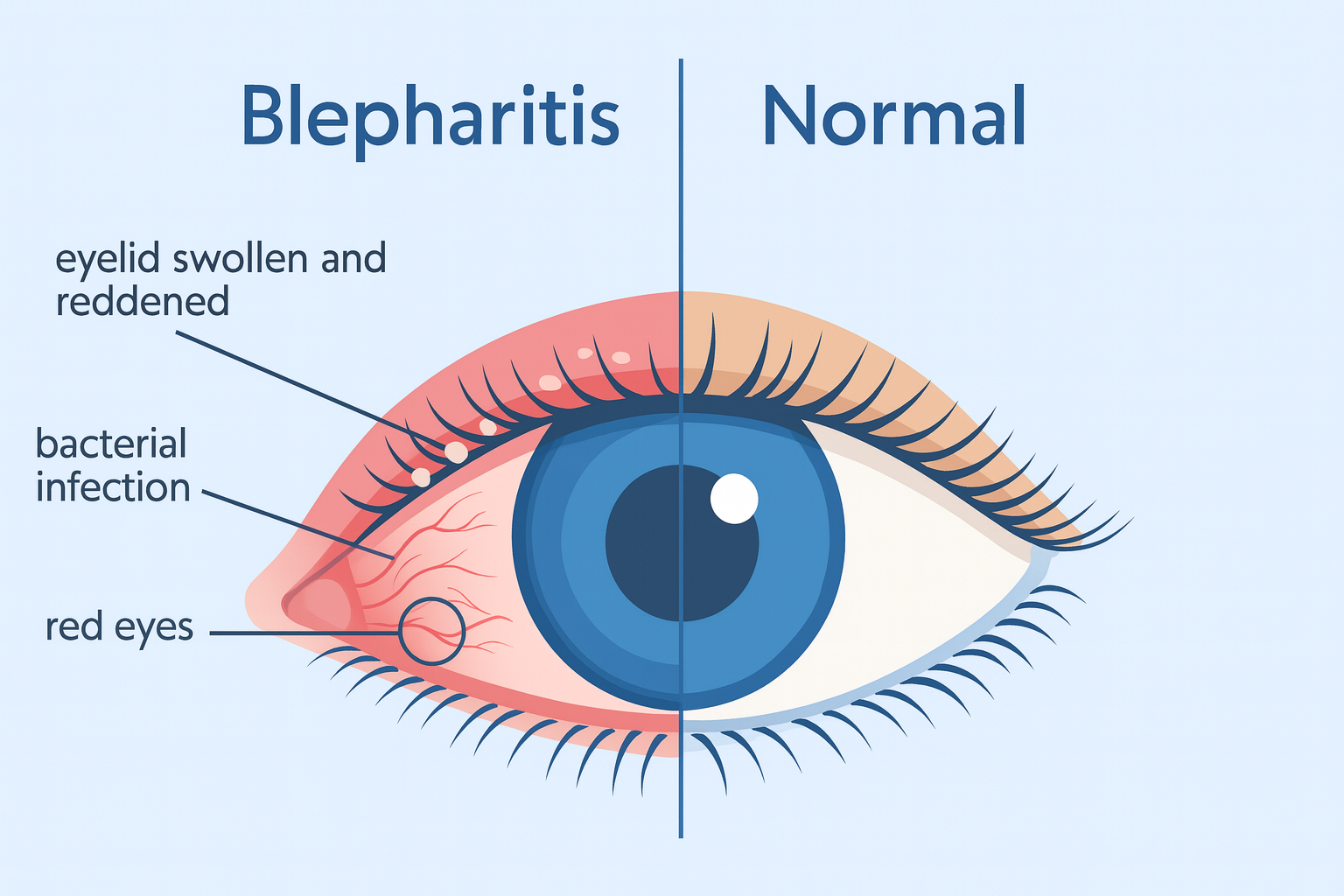
What are the symptoms of blepharitis?
Blepharitis is a leading cause of dry eye disease, and the symptoms often overlap. These include eye redness, irritation, a gritty or foreign body sensation, and blurry vision. The eyelids may also appear red with crusting around the eyelashes. Both blepharitis and dry eye can be identified during an eye exam.
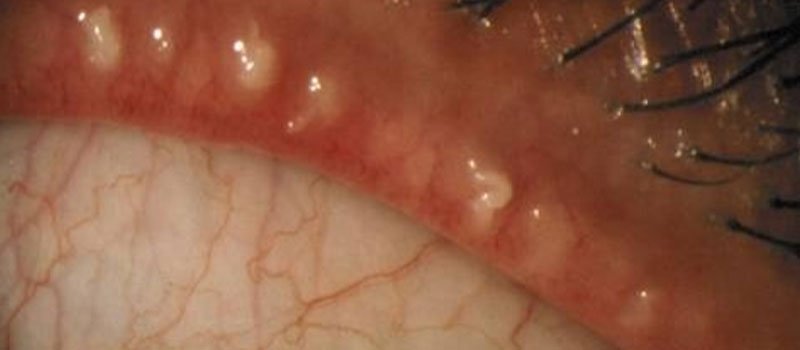
What are some treatments for blepharitis?
The primary treatment for blepharitis is consistent eyelid hygiene to help reduce inflammation. This care must be continued long-term to keep symptoms from coming back. Several products are now available that are specifically designed to clean the eyelid margins.
Managing blepharitis takes diligence and regular care. The following routine can help improve eyelid health. Initially, you should follow this “lid hygiene regimen” daily for the first 4 weeks, then gradually taper it as your condition improves.
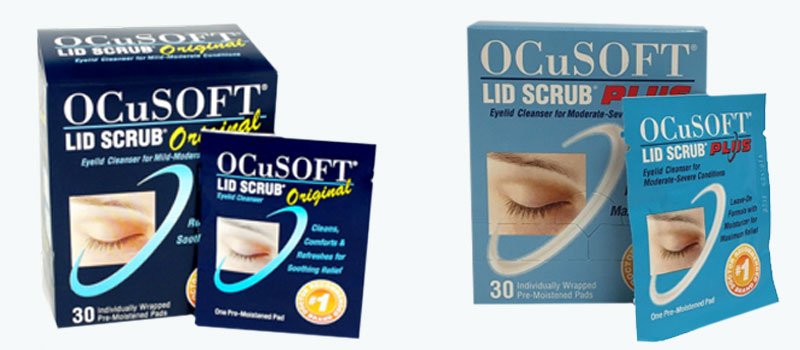
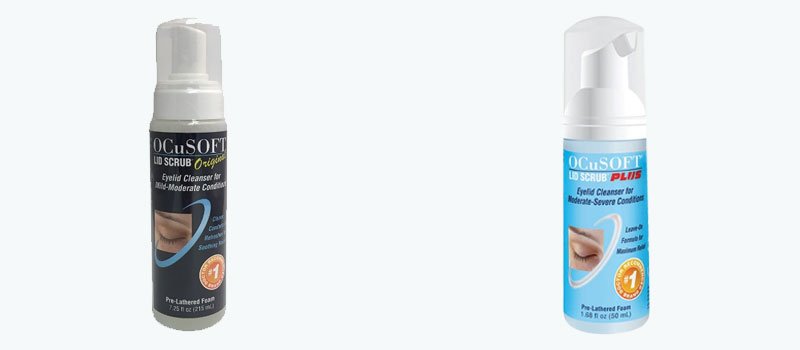
Cleaning the eyelids:
This helps remove debris that builds up along the lid margins. Using Ocusoft lid scrub pads, unfold a pad and wrap it around your finger. With your eye closed, gently clean the eyelid using side-to-side strokes, avoiding direct contact with the eye. If you’re using the original pads, rinse thoroughly afterward. The foaming cleanser works best before showering and can be applied with a fingertip or lint-free cloth.
Warm compresses:
Apply warm compresses to the eyelids as follows: moisten a clean washcloth with warm water, close your eyes, and place the washcloth over your eyelids for about 5 minutes, reheating it as needed to maintain warmth
Artificial tears:
Use artificial tears in both eyes during the day. Systane Ultra is a good option.
Nighttime ointment:
Apply a small ribbon of ointment inside the eyelid, or gently massage a small ribbon into the base of your eyelashes with your eyes closed. Commonly prescribed ointments include erythromycin and Maxitrol (neomycin, polymyxin B, and dexamethasone). Because the ointment can blur your vision, apply it as the last step before going to bed.
